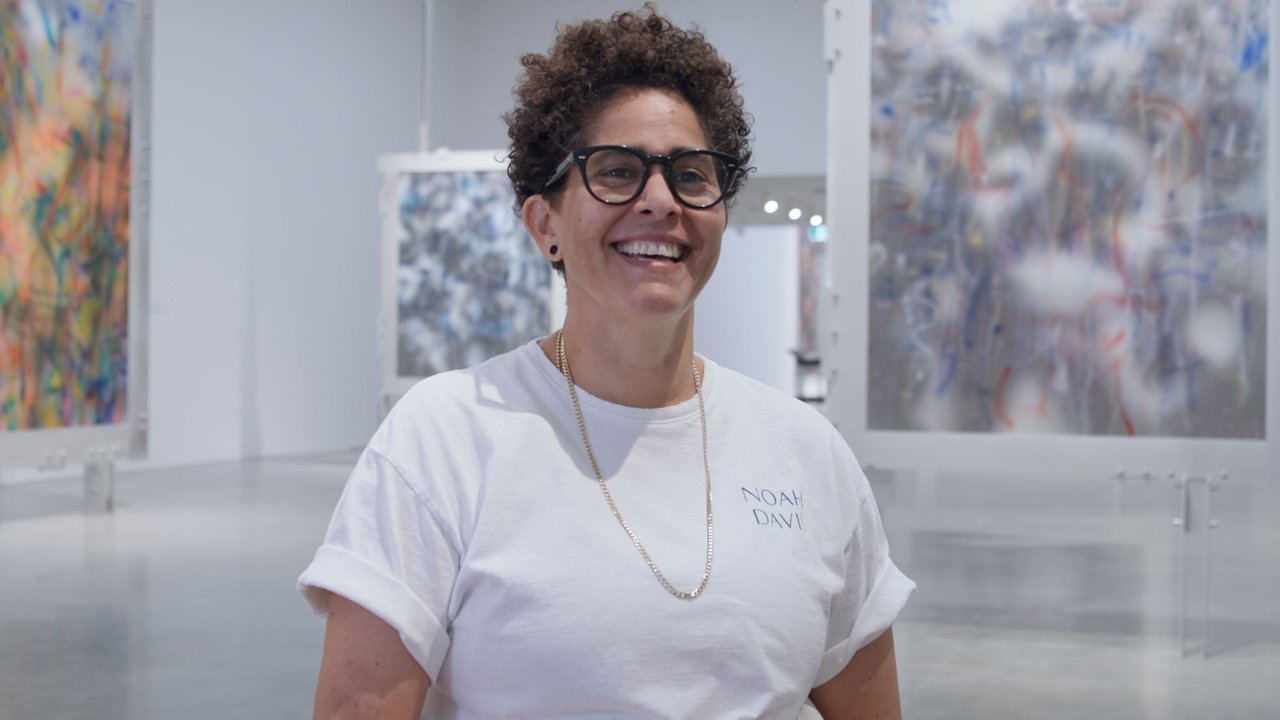
Robert Draws – Julie Mehretu began her rise as a celebrated abstract painter who merges cartographic elements with layers of historical narratives. She draws complex city maps infused with visual metaphors for migration flows and geopolitical tensions. Her work transcends traditional landscape or architectural painting to construct emotional cartographies. Viewers sense the movement of people, borders shifting, layers of memory and conflict all intersecting on monumental canvases. Her compositions evoke energy and fragmentation while preserving aesthetic beauty. She uses dynamic strokes and layered washes of ink and paint to represent displacement and reconstruction. Each canvas acts like a map of collective memory, blending abstraction and documentary impulse. Through her art, viewers are invited to consider urban space as an archive of human history. Julie Mehretu’s practice challenges conventional representation through abstraction layered with political and social resonance. Her work resists simple interpretation yet speaks powerfully of migration and global upheaval.
In this second section Julie Mehretu uses architectural and cartographic motifs to express emotional turbulence tied to displacement. Her canvases include overlapping lines that resemble streets and grids disrupted by swirling gestures signaling dislocation. She integrates gestural marks over printed maps to suggest the impact of conflict zones. Her layered compositions function as emotional archives that record migration stories without depicting figures. The absence of human forms heightens abstraction but the underlying narratives remain visceral. Her approach gives viewers the sense that city plans can become testimonies of trauma and resilience. Julie Mehretu also includes translucent washes to evoke ghostly traces of history. She imparts energy, rhythm, density and fluidity in marks that read like population flows. Each painting acts as a metaphor for the human experience of displacement and urban transformation. By weaving historical layer over layer, she creates works that resonate both intellectually and emotionally with global audiences.
“Read about: From Diplomacy to Canvas: King Charles Showcases 70 Tour-Inspired Artworks”
Julie Mehretu employs a distinctive combination of ink drawing and digital print with hand painted layers of acrylic. She often starts with large scale prints of city plans or aerial views then overlays freehand lines that introduce dynamism. Her technique involves multiple passes of gestural mark making that transform the underlying map into abstraction. She layers color washes and repetitive scripts to imply cultural density and migration waves.
Each layer interacts visually and conceptually to build depth and narrative complexity. Her monumental canvases require stamina and precision over extended studio sessions. The process bridges digital mapping tools and traditional brushwork to unify past and present. By combining precise drafts with expressive marks she achieves tension between order and chaos. Julie Mehretu’s unique process underscores how abstraction can encode geopolitical meaning. Her technical mastery supports her conceptual concerns about migration, identity and urban memory. The visual form emerges not from representational realism but from layered abstraction charged with history.
Julie Mehretu addresses themes such as migration, conflict, displacement, identity and urban change across diverse geographies. Her works reference global cities affected by war, diaspora and urban redevelopment. She explores how borders shape and fracture movement patterns of people. Urban spaces become sites of resistance, memory, hope and trauma. Through abstract cartographies she shows how human stories become embedded in city layouts. Her paintings reference refugee routes, colonial legacies, industrialization and global trade corridors. The physicality of migration emerges through repeated gestures and spectral forms on canvas. Each composition functions as a visual archive of collective displacement and the politics of urban design. Julie Mehretu’s paintings therefore serve as both aesthetic objects and political maps. They challenge viewers to see abstraction as deeply connected to human history. Her emphasis on geopolitical narratives transforms abstract art into a form of social testimony detailing movement across landscapes.
“Read more: Criminal Enterprise Exploiting Hope: Donkey Route to US Foiled in India”
Julie Mehretu has gained recognition in prominent museum collections and major international exhibitions. Curators emphasize how her abstract maps reinterpret migration and geopolitics through aesthetic abstraction. Her works can be found in major museums and her exhibitions yield critical reflection on global displacement. Artists emerging today cite her as an influence for mixing social themes with abstraction. Critics often highlight how she transforms cartographic form into emotional and political narratives.
Scholars analyze her work for its complex layering and mapping of real world conflicts. Her pieces appear in dialogues about decolonial aesthetics, urban histories, and postmodern abstraction. Julie Mehretu’s impact continues to grow with each new exhibition reflecting global crisis and artistic innovation. She expands the boundaries of what abstract painting can communicate. Her work challenges viewers to consider space not as inert background but as dynamic terrain shaped by migration. As she reaches new audiences she continues to redefine abstraction as a vehicle for geopolitical storytelling.